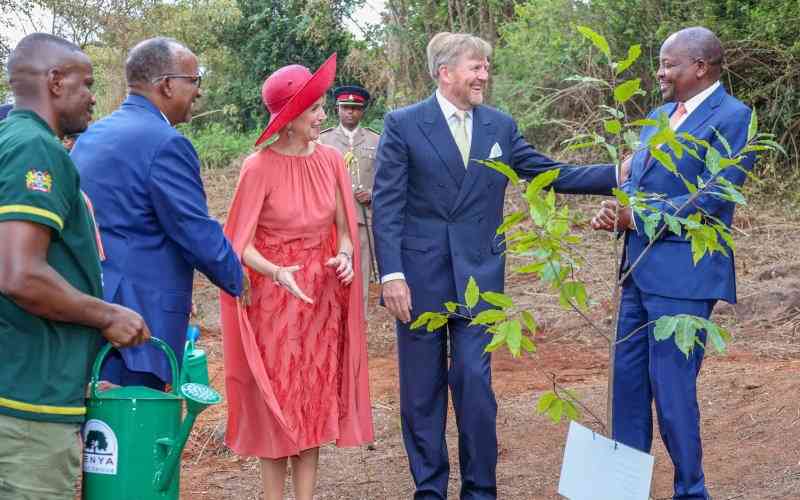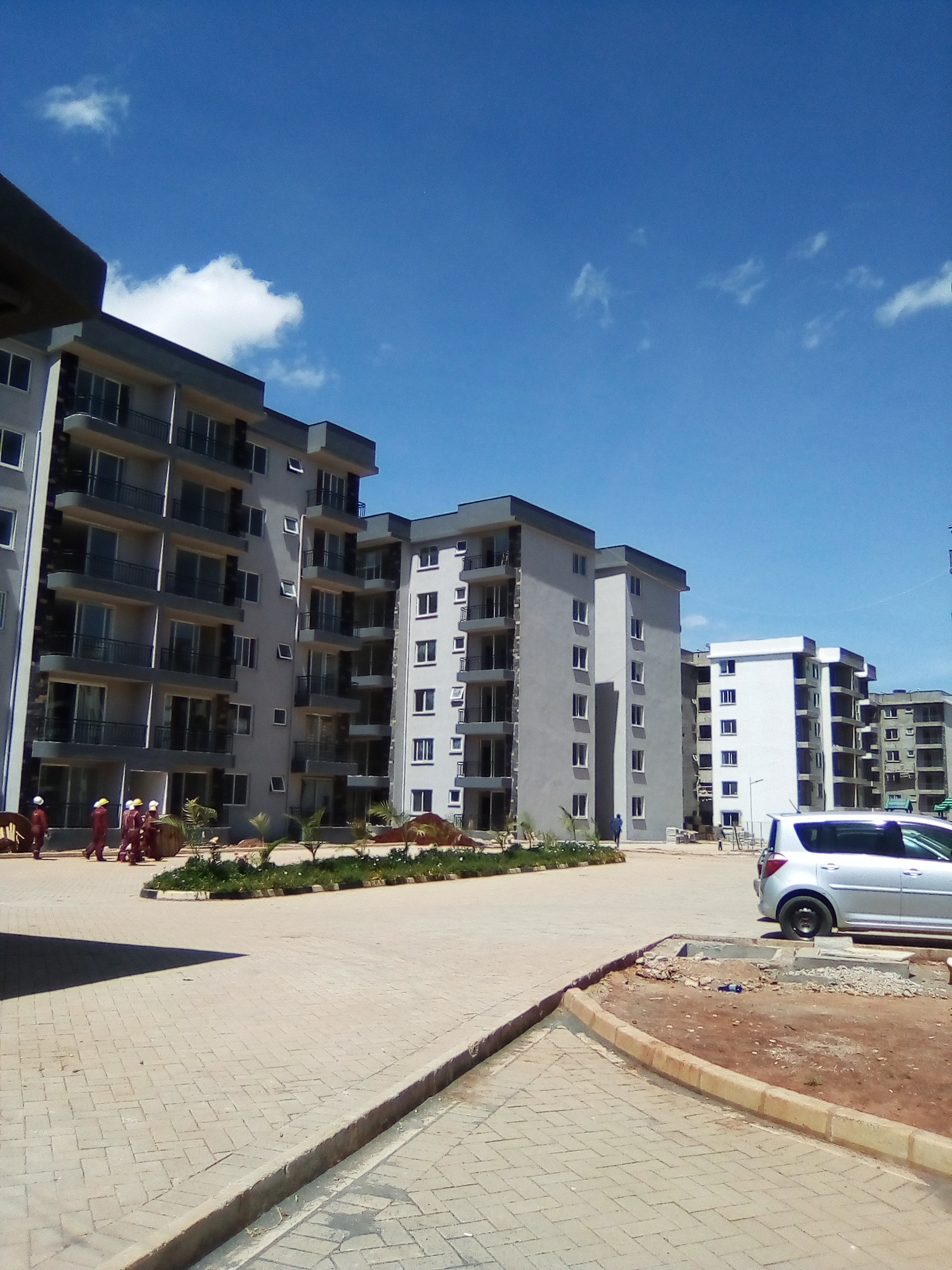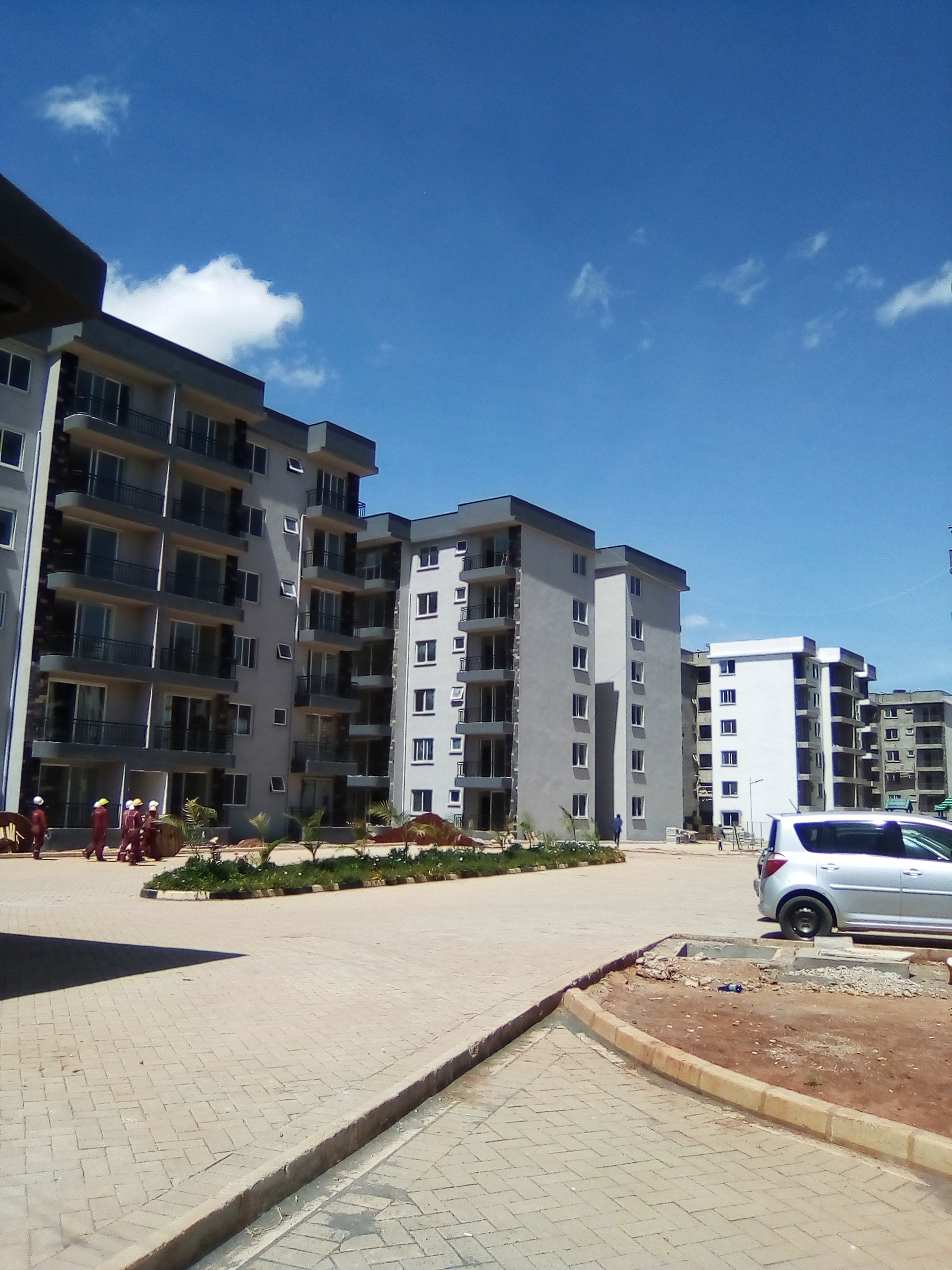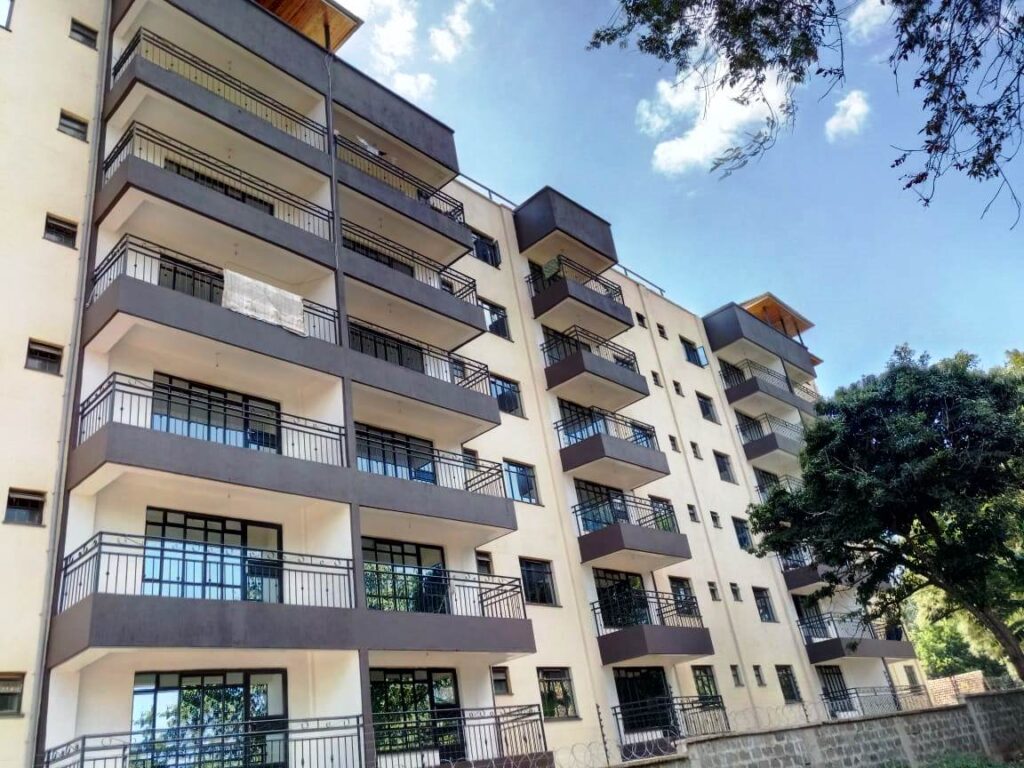
A scientist shows the location of Mida Creek, a tidal inlet that expands into Arabuko-Sokoke Forest. [Caroline Chebet, Standard]
Arabuko-Sokoke Forest boasts the largest remnant of coastal forest in East Africa, and home to many endangered species. The forest currently hosts some of the little-known species that are not found anywhere else in the world, an attribute that has seen the forest designated as a Man and Biosphere Reserve.
A biosphere reserve is an...
 The Standard Group Plc is a multi-media organization with investments in media platforms spanning newspaper print
operations, television, radio broadcasting, digital and online services. The Standard Group is recognized as a
leading multi-media house in Kenya with a key influence in matters of national and international interest.
The Standard Group Plc is a multi-media organization with investments in media platforms spanning newspaper print
operations, television, radio broadcasting, digital and online services. The Standard Group is recognized as a
leading multi-media house in Kenya with a key influence in matters of national and international interest.





















